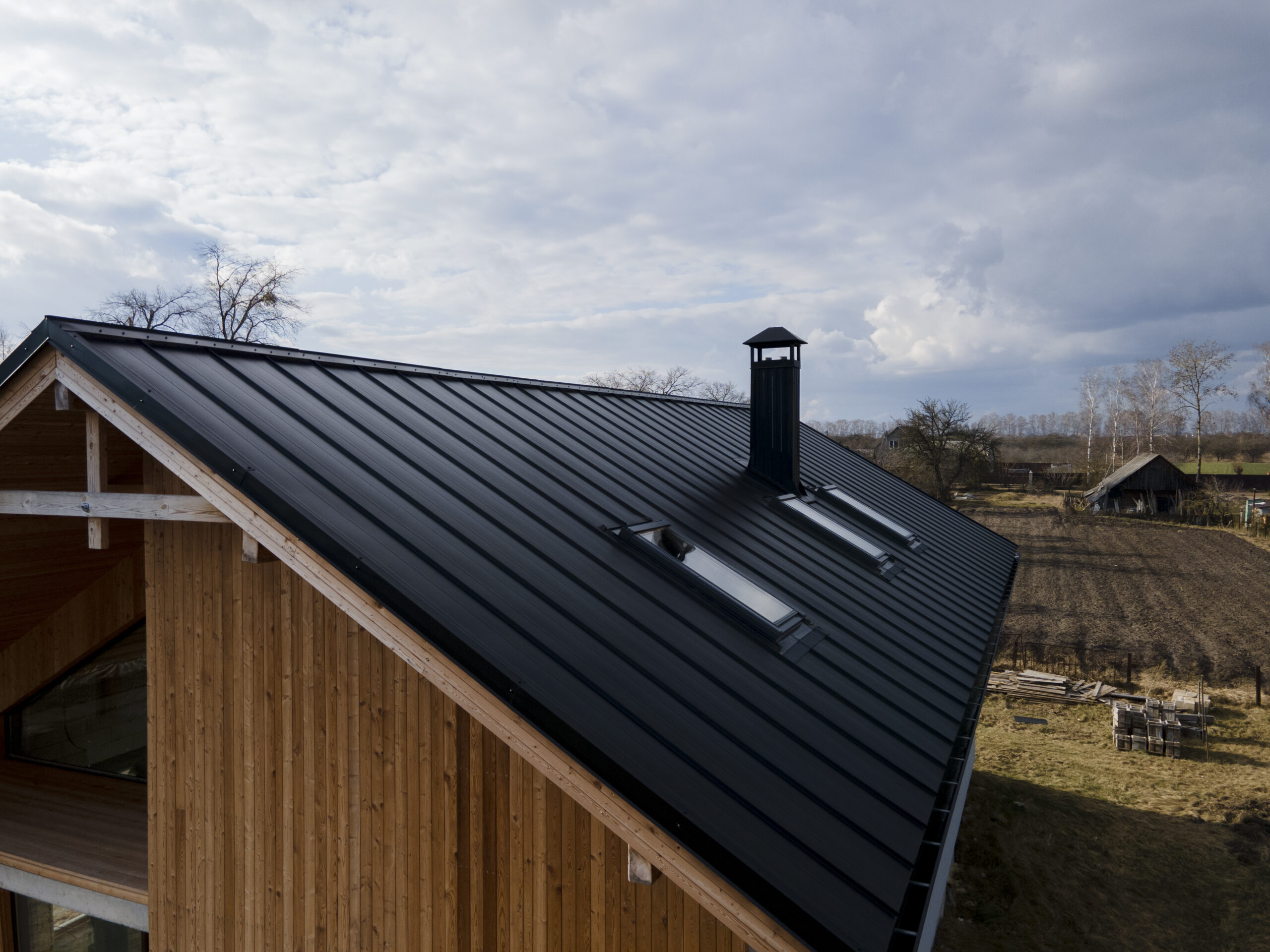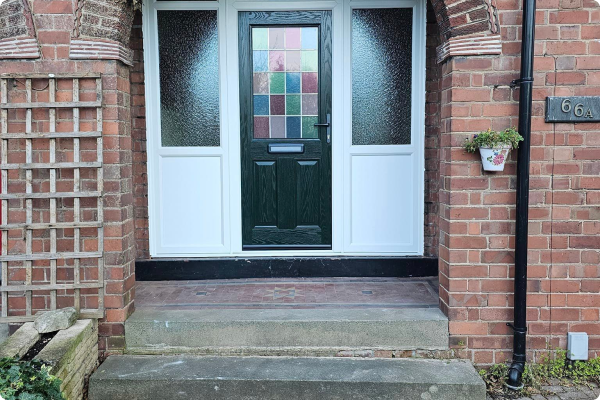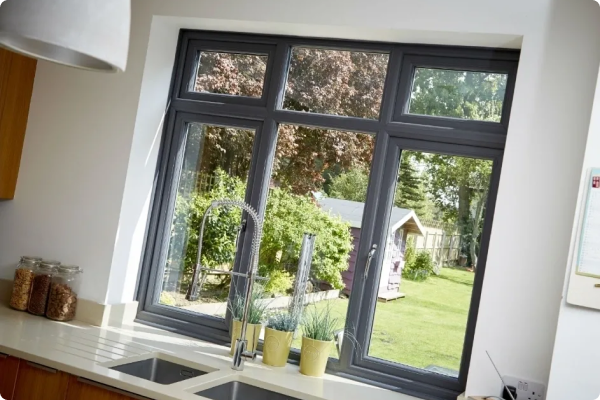When it comes to choosing the right roofing material, fire safety is often a top concern, especially in areas like Stoke on Trent where unpredictable weather can pose risks to property. One option growing in popularity for both residential and commercial buildings is the rubber flat roof. This durable roofing solution offers several benefits, with one of the most significant being its excellent fire resistance. In this blog, we’ll explore why rubber flat roofs are a safe and smart choice for your property, particularly focusing on their fire resistance and safety features, while also considering other aspects like rubber flat roof design, installation, and cost.
The Importance of Fire-Resistant Roofing
Fire safety is critical for any building, as roof fires can spread rapidly, endangering both property and lives. A fire-resistant roof acts as a protective barrier, minimizing the risk of fire spreading from external sources like embers, sparks, or nearby fires. Rubber flat roofs, especially those made from EPDM (Ethylene Propylene Diene Monomer), are renowned for their high level of fire resistance, making them a reliable choice for property owners prioritizing safety.
How Fire-Resistant Are Rubber Flat Roofs?
Rubber flat roofs, especially those constructed with EPDM, are naturally resistant to fire. EPDM is a synthetic rubber material that is inherently flame-retardant, meaning that it does not easily catch fire, nor does it encourage flames to spread. In fact, many EPDM roofs are certified with a Class C or Class A fire rating, which indicates their ability to resist the spread of flames.
- Class C Fire Rating: While this rating provides basic fire resistance, roofs with this rating offer some protection against light fire exposure.
- Class A Fire Rating: This is the highest possible fire-resistance rating, and rubber flat roofs with this certification can withstand severe exposure to fire without igniting or spreading flames.
It’s important to consult with a roofing professional during the rubber flat roof installation process to ensure that your roof meets the highest safety standards for fire resistance. This step is crucial, especially in industrial and commercial buildings where fire hazards may be higher.
Fire Safety Features Beyond the Material
Aside from the fire-retardant properties of the EPDM material, rubber flat roofs also offer other fire safety benefits through their design. Many roofing systems today incorporate additional layers of protection, such as fire-resistant underlayment or coatings, which help to further mitigate fire risks.
One key advantage of rubber flat roofs is that they typically feature minimal seams. This seamless design reduces the likelihood of fire penetrating the roof, as there are fewer gaps where flames can enter. By opting for a well-sealed and properly installed rubber flat roof, you can add an extra layer of security against potential fire hazards.
Rubber Flat Roof Design: A Safer Choice
When considering roofing solutions for a property, the design of the roof plays a vital role in overall safety. Rubber flat roofs stand out not only for their fire resistance but also for their versatile and safe design. A well-installed rubber flat roof provides a solid, durable, and non-combustible surface, making it a safer choice for both residential homes and commercial properties.
Additionally, rubber flat roofs are designed to withstand extreme weather conditions. In the event of a fire caused by external factors, such as lightning or wildfires, the roof’s resilient design ensures that it does not buckle under intense heat or pressure, further safeguarding the interior of the building.
At Energy Windows in Stoke on Trent, we emphasize the importance of both functionality and safety in roofing. Our team works with clients to ensure that their rubber flat roof installation not only meets their aesthetic and budgetary requirements but also provides optimal fire safety features.
Comparing Fire Resistance: Rubber Flat Roofs vs. Other Materials
When comparing roofing materials, rubber flat roofs often come out on top in terms of fire resistance. Here’s a quick look at how rubber flat roofs measure up against other common roofing materials:
- Asphalt Shingles: While asphalt shingles are popular, they are far more susceptible to fire damage than rubber. Even fire-resistant varieties of asphalt don’t match the durability and fire safety of rubber flat roofs.
- Metal Roofs: Metal roofs offer excellent fire resistance and can be a good option for fire safety. However, metal roofs are often more expensive, and they lack the flexibility and insulation benefits that rubber flat roofs provide.
- Wooden Shingles: Wood is one of the least fire-resistant roofing materials available. Even treated wood shingles pose significant fire risks, making rubber a much safer alternative.
Other Safety Benefits of Rubber Flat Roofs
In addition to fire resistance, rubber flat roofs offer a variety of safety benefits. The material is highly resistant to extreme weather conditions, including high winds, heavy rain, and hailstorms. These factors make rubber flat roofs an excellent all-around choice for buildings in Stoke on Trent, where unpredictable weather can pose a threat.
Furthermore, rubber flat roofs have a smooth, seamless surface that reduces the risk of leaks and water damage. Leaks can lead to mold, mildew, and even structural damage over time, all of which can compromise the safety of a building. With proper rubber flat roof installation, these risks are minimized, creating a safer environment for your property.
Cost Considerations for Rubber Flat Roofs
While fire resistance and safety features are critical, cost is another important factor to consider when selecting a roofing material. The rubber flat roof cost varies depending on factors such as roof size, materials used, and the complexity of the installation process.
Although rubber flat roofs may have a higher upfront cost compared to some other roofing materials, they offer long-term savings due to their durability and low maintenance requirements. Additionally, the fire-resistant nature of rubber flat roofs can lead to lower insurance premiums, further offsetting the initial investment.
When weighing the rubber flat roof cost, it’s essential to consider the safety and longevity benefits you’re getting. A fire-resistant roof that protects your property from potential hazards is well worth the investment.
Conclusion
At Energy Windows in Stoke on Trent, we believe in providing our clients with roofing solutions that prioritize both aesthetics and safety. Rubber flat roofs offer an excellent combination of fire resistance, durability, and cost-effectiveness, making them a top choice for property owners looking for long-term protection.
Whether you’re installing a new roof or replacing an existing one, understanding the fire resistance and safety features of rubber flat roofs is key to making an informed decision. With their reliable performance and fire safety advantages, rubber flat roofs are a smart investment for any building.
If you’re considering a rubber flat roof installation, reach out to our team at Energy Windows. We’ll work with you to design a roofing system that meets your specific needs, ensuring that your property is protected for years to come.









